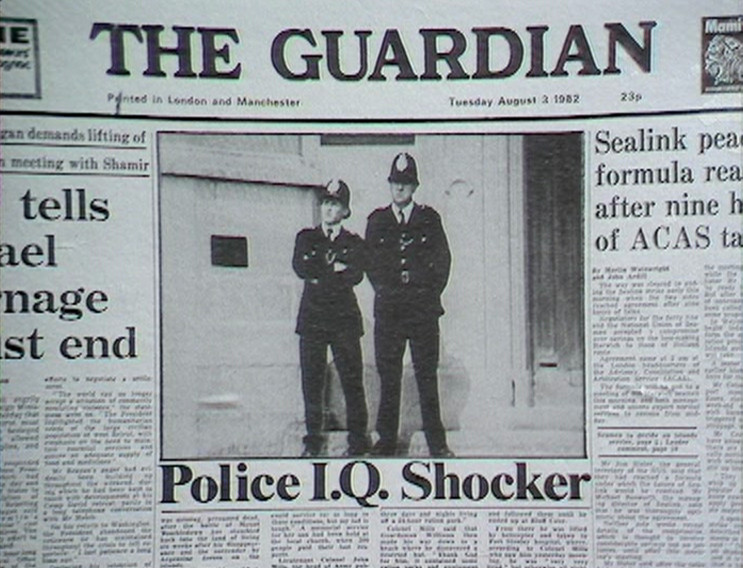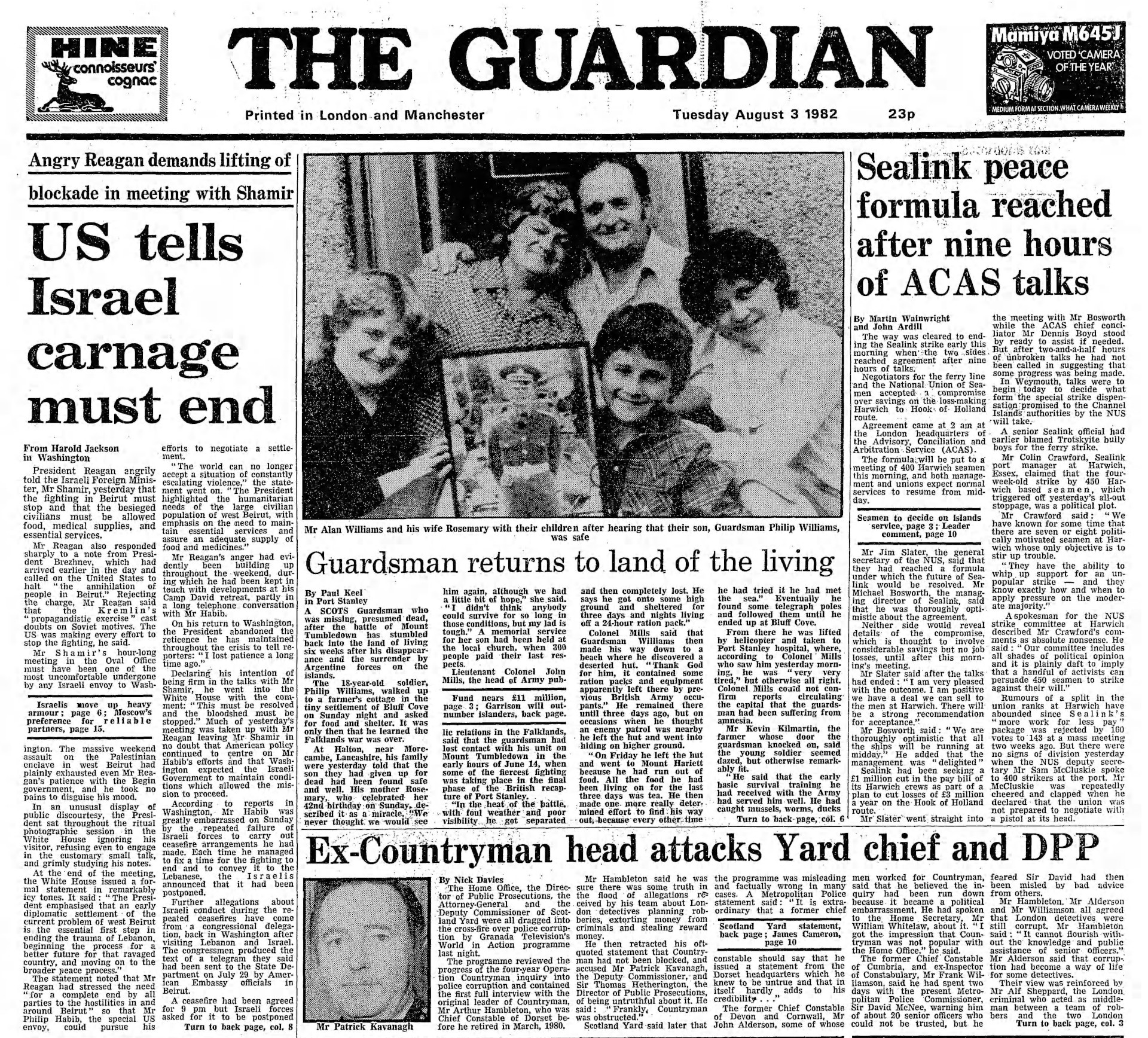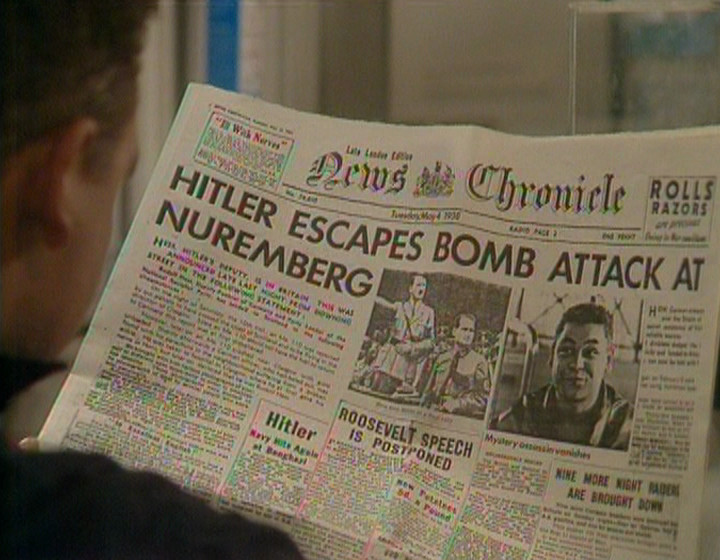I’ve written many times in the past about how I think people should keep their website archives online. In fact I’ve talked about it to the point of obnoxiousness, and then far beyond that. About how old stuff can suddenly become found and loved, about the history of the web disappearing, about what remains of the public record, about accidentally destroying a web community, about losing memories… or simply about letting things live.
It’s all true. But today I want to talk about another reason I feel so strongly about this. A reason I haven’t really touched on before, but I think is one of the most important of all.
Take a look at this interview from 2013, with designer Frank Chimero. It’s actually worth reading in full; it touches on many interesting topics. For instance, I highly identify with this:
“I think I’m similar to a lot of other creative people in that I’m deeply uncomfortable with attention. It’s one of those things where if you gain any attention, you start to subconsciously — or maybe even consciously — make creative choices to have people stop paying attention to you. […]1
Attention creates expectations that feel like a saddle. And most horses buck the first time a saddle is put on them. It is a natural inclination. Maybe it’s immature behavior to want to shake off other people’s expectations? I don’t know. But, if I’m really honest about where I am creatively, that’s what I want to do — I just want to buck.”
This reminds me very much of when I decided I didn’t want to write about sitcoms for a while, because somebody mildly hinted that was all they enjoyed about my writing. It also reminds me that whenever this place gets attention for something beyond my usual audience – my Yes Minister piece last year, for instance – I feel a disconcerting mix of pleasure and uncomfortableness. Is my lack of a really popular article on Dirty Feed so far this year down to luck, people having less time for my nonsense as the world opens up again… or my choice?
But there’s another part of this interview which I can’t quite get on board with.
All the quotations in this article are edited a little to avoid the back-and-forth with the interviewers, which works brilliantly in the piece itself, but less well when quoting from it. I hope I’ve been fair with my edits, but it’s worth reading the full interview to capture the true flavour of the conversation. ↩



